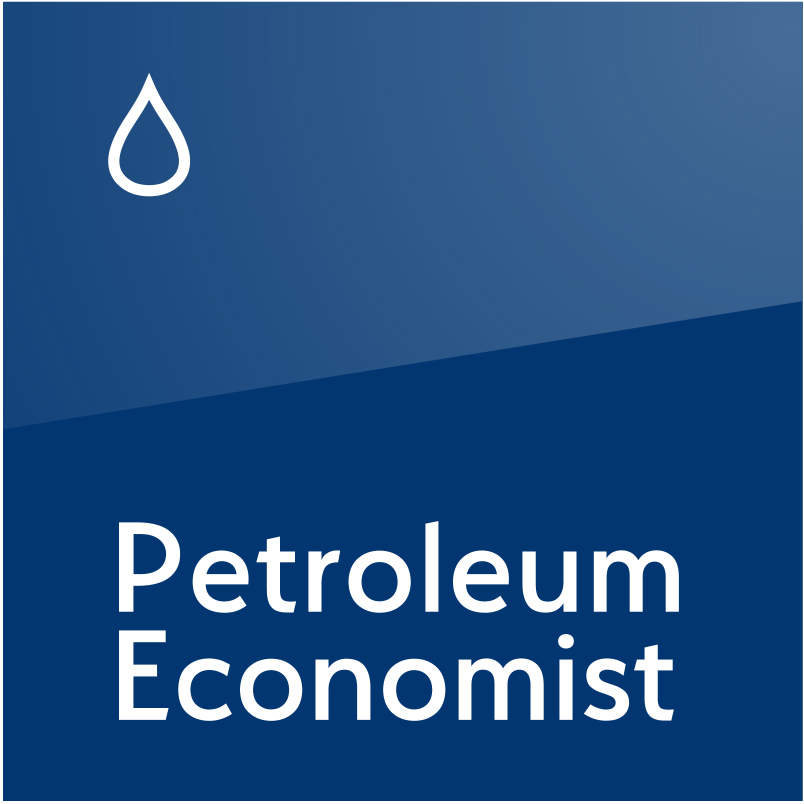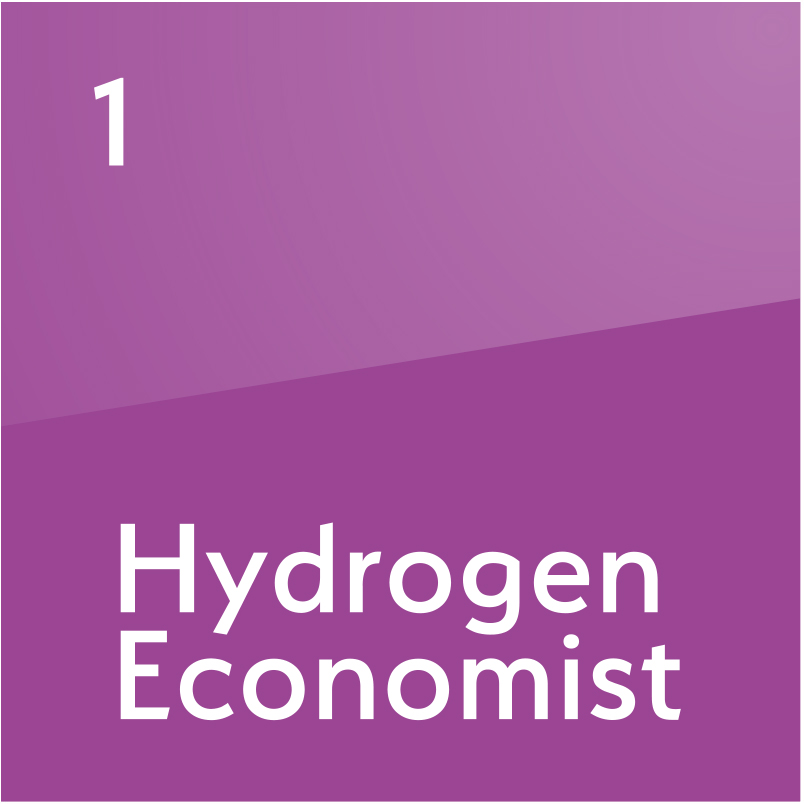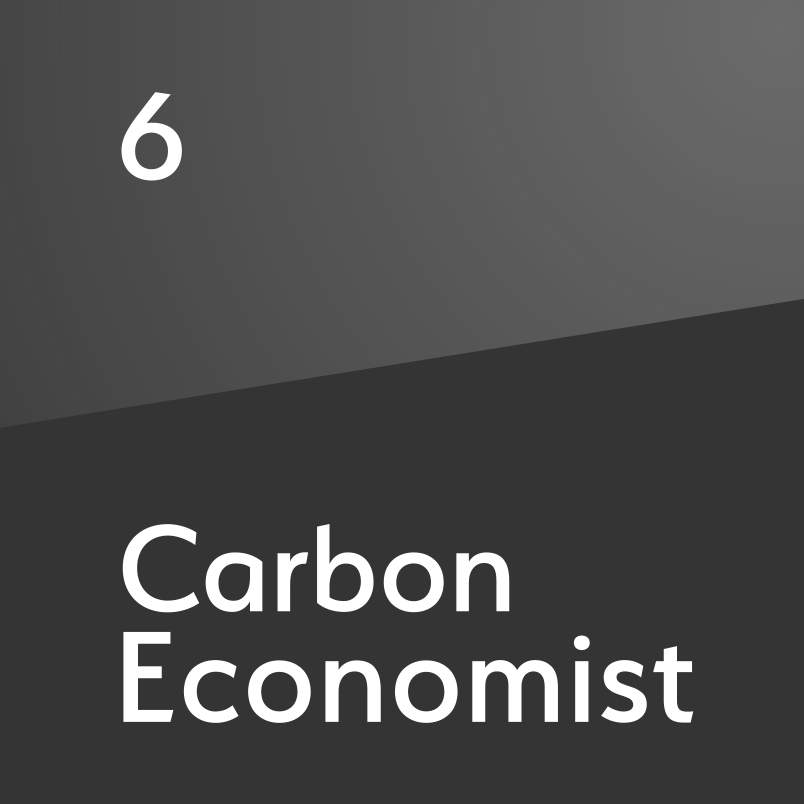Norwegian energy firm Equinor has halved its planned investment in renewables and low-carbon solutions to 2027, as it looks to boost free cash flow. The move comes as the pace of the transition slows in “most markets”, CEO Anders Opedal told investors in London in early February.
“Interest rates, supply chain issues and regulatory uncertainty are reducing the pace of the energy transition. Segments like offshore wind and hydrogen are impacted,” he said.
Equinor’s partial pivot away from renewables and low carbon, and emphasis on fossil fuels, mirrors that of several of its European peers. However, the change is arguably more significant in Equinor’s case, given its claim to be “an international pioneer in renewables and low-carbon solutions”.
In offshore wind, a sector beset with supply chain issues and now facing policy uncertainty under the new US administration, Equinor has lowered its expected installed capacity in 2030 to 10–12GW from a previous goal of 12–16GW.
Conversely, the company, in which the Norwegian state remains the largest shareholder, expects to grow its oil and gas production by more than 10% by 2027. Expected oil and gas production in 2030 has been revised up to around 2.2m boe/d, from 2m boe/d at this time last year, Opedal told investors.
Hydrogen
Quite where the scaled back renewables and low-carbon budget leaves Equinor’s blue hydrogen ambitions is unclear. Opedal repeatedly stressed the need to prioritise investment to maximise returns, an approach that could see hydrogen slipping further down the agenda as it remains, in many cases, out of the money even with state subsidies.
Equinor’s operating renewable assets are delivering equity returns above 10%. “Our focus on returns is persistent, and we will continue developing our portfolio to deliver 10% equity returns from cycle,” Opedal said.
Opedal had little positive to say about hydrogen when addressing investors in London. “Different technologies move at a different pace and, particularly on hydrogen, we see that our customers are coming later to the table to commit to long-term contracts,” he said.
Equinor is actively gauging European industry’s willingness to pay up for low-carbon hydrogen via an open season for its planned H2M Eemshaven project at Eemshaven in the Netherlands, which it is developing jointly with industrial gases company Linde.
The results of the open season will be a crucial indicator for Equinor as it decides how to tackle hydrogen. Its strategy took a significant hit last year when it and oil major Shell withdrew from a study of the study the viability of a pipeline to take blue hydrogen produced in Norway to Germany. The reason cited was a lack of demand.
Equinor’s withdrawal from the pipeline project also appeared to convince it to pause its blue hydrogen production plans in Norway. It had previously set out ambitions to develop 2GW of blue hydrogen production in Norway by 2030, rising to 10GW by 2038.
Outside Norway, the company has blue hydrogen projects at various stages of development in Germany, Belgium and the UK, in addition to the Eemshaven project.
Grete Tveit, senior vice-president for low-carbon solutions, has denied the company is slowing down its push into hydrogen, but it is waiting for the market to materialise, she told a conference in October.
Opedal sounded more bullish on CCS but stressed the need for firm demand to back projects. “Carbon capture and storage projects have many similar traits to oil and gas, and our capabilities are in place,” he said. “We are ready, but we will only execute if we get long-term commitment from our customers.” He said Equinor has access to CO₂ storage capacity of 60mt/yr and that it is maintaining its ambition in this sector.
“We see power from renewable sources and low carbon value chains as an important part of future energy systems,” he said.








Comments